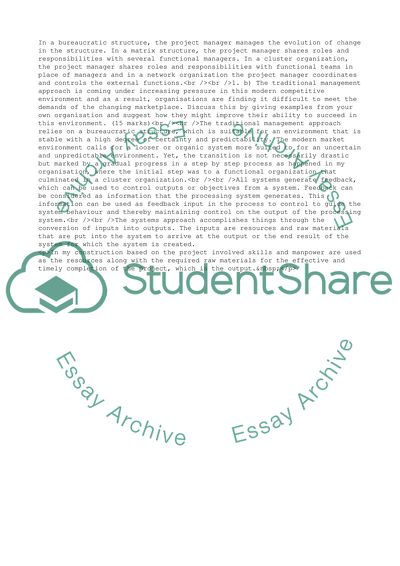Cite this document
(Managerial Exam Solutions Assignment Example | Topics and Well Written Essays - 3250 words, n.d.)
Managerial Exam Solutions Assignment Example | Topics and Well Written Essays - 3250 words. https://studentshare.org/management/1730479-exam-solutions-2-papers
Managerial Exam Solutions Assignment Example | Topics and Well Written Essays - 3250 words. https://studentshare.org/management/1730479-exam-solutions-2-papers
(Managerial Exam Solutions Assignment Example | Topics and Well Written Essays - 3250 Words)
Managerial Exam Solutions Assignment Example | Topics and Well Written Essays - 3250 Words. https://studentshare.org/management/1730479-exam-solutions-2-papers.
Managerial Exam Solutions Assignment Example | Topics and Well Written Essays - 3250 Words. https://studentshare.org/management/1730479-exam-solutions-2-papers.
“Managerial Exam Solutions Assignment Example | Topics and Well Written Essays - 3250 Words”. https://studentshare.org/management/1730479-exam-solutions-2-papers.


